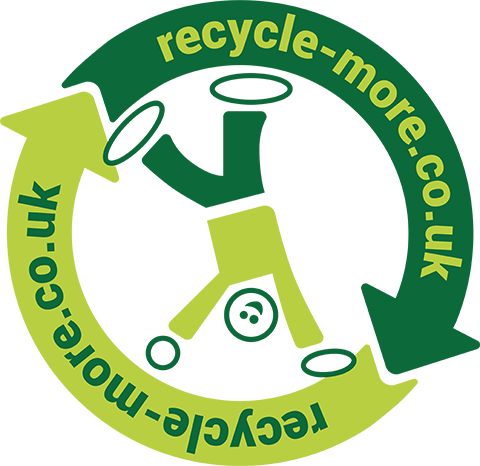
Repairing is caring
Shauna Coates
October 13, 2022
Is there anything worse than buying something brand new, only for you to use it a few times before it breaks! It can be frustrating and often we end up discarding of the item in a rage and splashing the cash on a new one to replace it. However, due to the Covid 19 pandemic and increasing cost of living, more people are repairing their items rather than throwing them away. This is beneficial for several reasons, which we have detailed below:
Repairing is better for the planet
By repairing your items, you reduce the amount of waste going to landfill. This is particularly the case with electrical items, which are often incorrectly sent to landfill, with the raw minerals used to make them, being lost forever. By repairing these items instead of buying new, we can preserve the life span of the item and prevent them from being thrown in the bin and potentially polluting waterways or biodiversity. If we changed our behaviour towards repairing, demand for goods would decrease, so fewer goods would need to be manufactured, leading to fewer goods ending up in landfill, which would make a genuine difference to carbon emissions.
Repairing broken items is cheaper for you!
It is often much cheaper to buy one or two new parts or some tools to fix an item than it is to buy one completely new. With people having to watch their budgets more closely, repairing is a cost-effective option. Manufacturers of goods have a legal obligation to make spare parts available for customers to buy so that they can fix their appliances rather than having to throw them away. Estimates suggest that making spare parts easily accessible can increase a product’s life span by 10 years so you can save your cash rather than having to buy new products every couple of years.
You can learn new skills
Learning how to fix an item not only reduces carbon emissions and saves you money, but can also provide you with new skills and a sense of achievement. Social media platforms such as Youtube, TikTok and Twitter all provide step by step tutorials on how to fix common household items. From replacing batteries to sewing on buttons and fixing pots and pans, you can find handy guides online that teach you how to do these and you will feel rewarded at the end of the process when you have learnt a new skill!
You can find a sense of community
Repair Cafés are on the rise, with over 2,000 in over 35 countries worldwide. The cafés are hosted in community spaces and provide tools, materials and experts, all of which can all help you fix your items. They bring together people from across the community, including those volunteering their skills such as sewing or electrical wiring who can fix your items and show you how to repair them in the future. Repair café’s bring together the community and allow people to build networks while learning new skills. Find out more about repair cafés.
Overall, repairing is a much better option than throwing something away and buying new, not only for people and their purses but also for the environment. Next time you have a faulty item, make sure to check online for a tutorial on how to fix it or locate your local repair café and you could learn a new skill and save some money in the process!
Disclaimer: The opinions expressed in this blog represent those of the author, Shauna Coates, and are not those of recycle-more, Valpak Limited or any other organisation.





